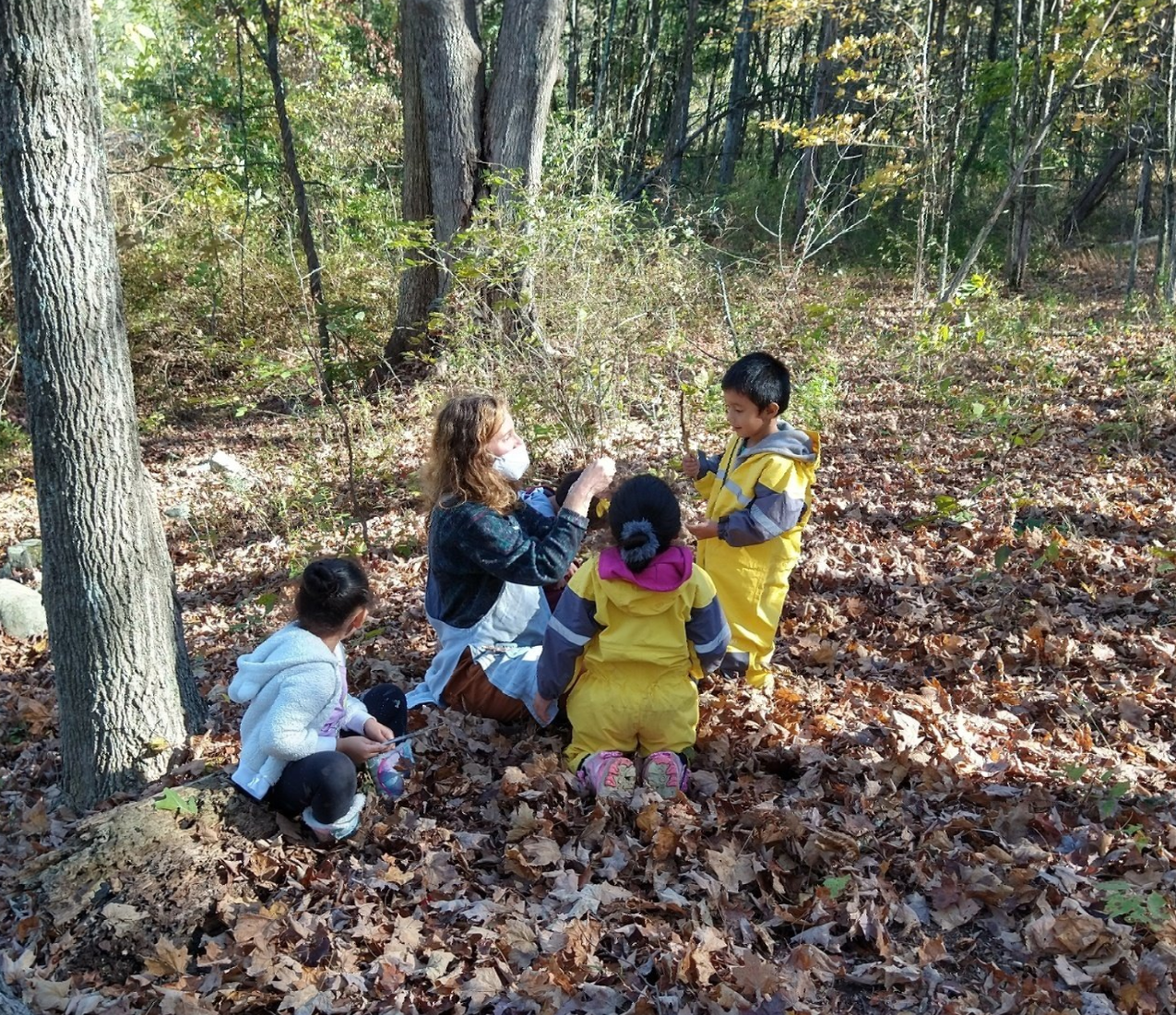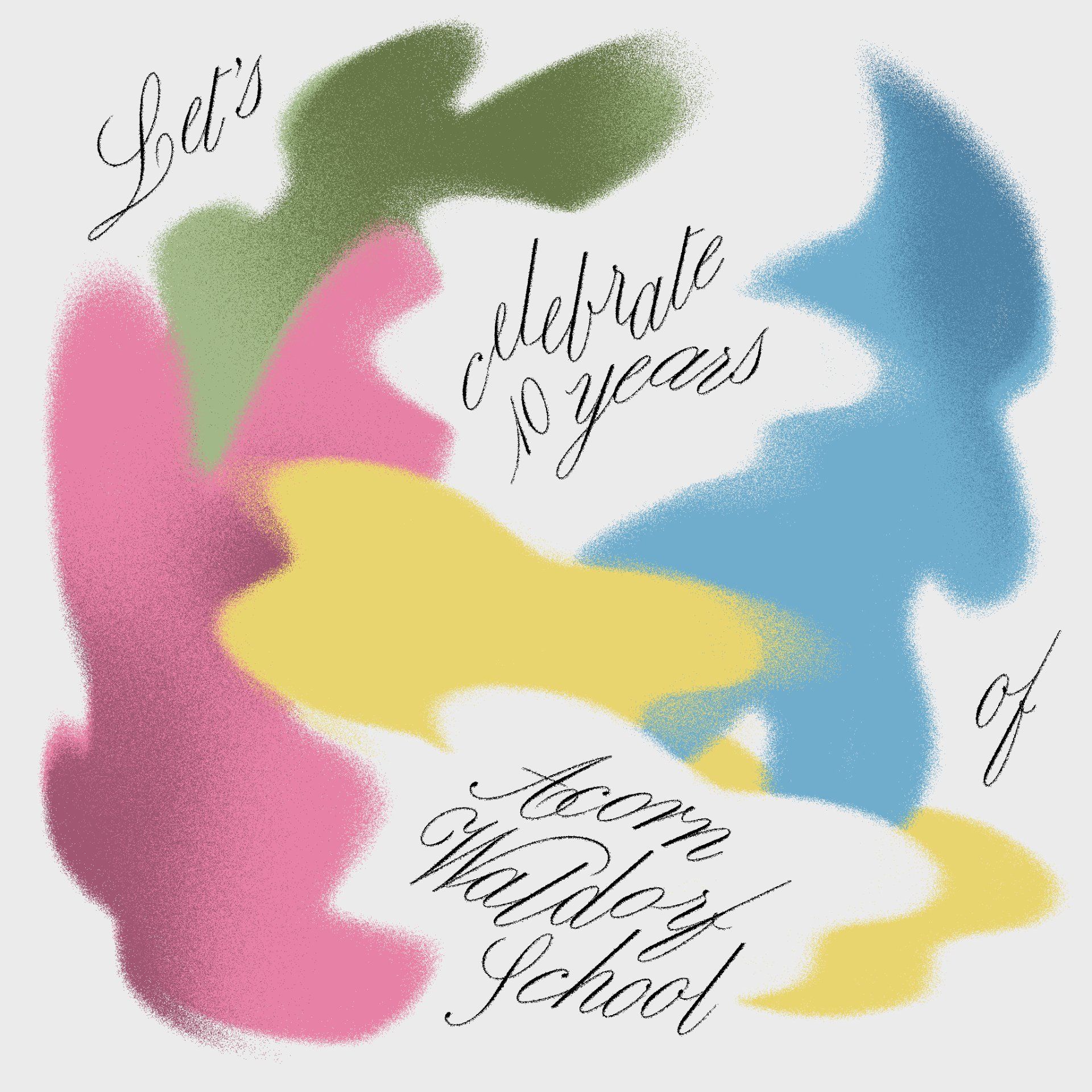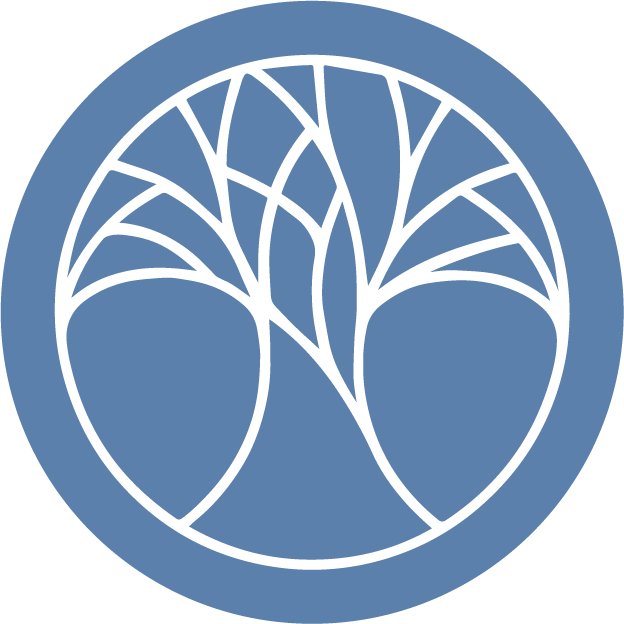The single most important thing you can do for your family may be the simplest of all: develop a strong family narrative.
March 15, 2013
The Stories That Bind Us
By BRUCE FEILER
I hit the breaking point as a parent a few years ago. It was the week of my extended family’s annual gathering in August, and we were struggling with assorted crises. My parents were aging; my wife and I were straining under the chaos of young children; my sister was bracing to prepare her preteens for bullying, sex and cyberstalking.
Sure enough, one night all the tensions boiled over. At dinner, I noticed my nephew texting under the table. I knew I shouldn’t say anything, but I couldn’t help myself and asked him to stop.
Ka-boom! My sister snapped at me to not discipline her child. My dad pointed out that my girls were the ones balancing spoons on their noses. My mom said none of the grandchildren had manners. Within minutes, everyone had fled to separate corners.
Later, my dad called me to his bedside. There was a palpable sense of fear I couldn’t remember hearing before.
“Our family’s falling apart,” he said.
“No it’s not,” I said instinctively. “It’s stronger than ever.”
But lying in bed afterward, I began to wonder: Was he right? What is the secret sauce that holds a family together? What are the ingredients that make some families effective, resilient, happy?
It turns out to be an astonishingly good time to ask that question. The last few years have seen stunning breakthroughs in knowledge about how to make families, along with other groups, work more effectively.
Myth-shattering research has reshaped our understanding of dinnertime, discipline and difficult conversations. Trendsetting programs from Silicon Valley and the military have introduced techniques for making teams function better.
The only problem: most of that knowledge remains ghettoized in these subcultures, hidden from the parents who need it most. I spent the last few years trying to uncover that information, meeting families, scholars and experts ranging from peace negotiators to online game designers to Warren Buffett’s bankers.
After a while, a surprising theme emerged. The single most important thing you can do for your family may be the simplest of all: develop a strong family narrative.
I first heard this idea from Marshall Duke, a colorful psychologist at Emory University. In the mid-1990s, Dr. Duke was asked to help explore myth and ritual in American families.
“There was a lot of research at the time into the dissipation of the family,” he told me at his home in suburban Atlanta. “But we were more interested in what families could do to counteract those forces.”
Around that time, Dr. Duke’s wife, Sara, a psychologist who works with children with learning disabilities, noticed something about her students.
“The ones who know a lot about their families tend to do better when they face challenges,” she said.
Her husband was intrigued, and along with a colleague, Robyn Fivush, set out to test her hypothesis. They developed a measure called the “Do You Know?” scale that asked children to answer 20 questions.
Examples included: Do you know where your grandparents grew up? Do you know where your mom and dad went to high school? Do you know where your parents met? Do you know an illness or something really terrible that happened in your family? Do you know the story of your birth?
Dr. Duke and Dr. Fivush asked those questions of four dozen families in the summer of 2001, and taped several of their dinner table conversations. They then compared the children’s results to a battery of psychological tests the children had taken, and reached an overwhelming conclusion. The more children knew about their family’s history, the stronger their sense of control over their lives, the higher their self-esteem and the more successfully they believed their families functioned. The “Do You Know?” scale turned out to be the best single predictor of children’s emotional health and happiness.
“We were blown away,” Dr. Duke said.
And then something unexpected happened. Two months later was Sept. 11. As citizens, Dr. Duke and Dr. Fivush were horrified like everyone else, but as psychologists, they knew they had been given a rare opportunity: though the families they studied had not been directly affected by the events, all the children had experienced the same national trauma at the same time. The researchers went back and reassessed the children.
“Once again,” Dr. Duke said, “the ones who knew more about their families proved to be more resilient, meaning they could moderate the effects of stress.”
Why does knowing where your grandmother went to school help a child overcome something as minor as a skinned knee or as major as a terrorist attack?
“The answers have to do with a child’s sense of being part of a larger family,” Dr. Duke said.
Psychologists have found that every family has a unifying narrative, he explained, and those narratives take one of three shapes.
First, the ascending family narrative: “Son, when we came to this country, we had nothing. Our family worked. We opened a store. Your grandfather went to high school. Your father went to college. And now you. …”
Second is the descending narrative: “Sweetheart, we used to have it all. Then we lost everything.”
“The most healthful narrative,” Dr. Duke continued, “is the third one. It’s called the oscillating family narrative: ‘Dear, let me tell you, we’ve had ups and downs in our family. We built a family business. Your grandfather was a pillar of the community. Your mother was on the board of the hospital. But we also had setbacks. You had an uncle who was once arrested. We had a house burn down. Your father lost a job. But no matter what happened, we always stuck together as a family.’ ”
Dr. Duke said that children who have the most self-confidence have what he and Dr. Fivush call a strong “intergenerational self.” They know they belong to something bigger than themselves.
Leaders in other fields have found similar results. Many groups use what sociologists call sense-making, the building of a narrative that explains what the group is about.
Jim Collins, a management expert and author of “Good to Great,” told me that successful human enterprises of any kind, from companies to countries, go out of their way to capture their core identity. In Mr. Collins’s terms, they “preserve core, while stimulating progress.” The same applies to families, he said.
Mr. Collins recommended that families create a mission statement similar to the ones companies and other organizations use to identify their core values.
The military has also found that teaching recruits about the history of their service increases their camaraderie and ability to bond more closely with their unit.
Cmdr. David G. Smith is the chairman of the department of leadership, ethics and law at the Naval Academy and an expert in unit cohesion, the Pentagon’s term for group morale. Until recently, the military taught unit cohesion by “dehumanizing” individuals, Commander Smith said. Think of the bullying drill sergeants in “Full Metal Jacket” or “An Officer and a Gentleman.”
But these days the military spends more time building up identity through communal activities. At the Naval Academy, Commander Smith advises graduating seniors to take incoming freshmen (or plebes) on history-building exercises, like going to the cemetery to pay tribute to the first naval aviator or visiting the original B-1 aircraft on display on campus.
Dr. Duke recommended that parents pursue similar activities with their children. Any number of occasions work to convey this sense of history: holidays, vacations, big family get-togethers, even a ride to the mall. The hokier the family’s tradition, he said, the more likely it is to be passed down. He mentioned his family’s custom of hiding frozen turkeys and canned pumpkin in the bushes during Thanksgiving so grandchildren would have to “hunt for their supper,” like the Pilgrims.
“These traditions become part of your family,” Dr. Duke said.
Decades of research have shown that most happy families communicate effectively. But talking doesn’t mean simply “talking through problems,” as important as that is. Talking also means telling a positive story about yourselves. When faced with a challenge, happy families, like happy people, just add a new chapter to their life story that shows them overcoming the hardship. This skill is particularly important for children, whose identity tends to get locked in during adolescence.
The bottom line: if you want a happier family, create, refine and retell the story of your family’s positive moments and your ability to bounce back from the difficult ones. That act alone may increase the odds that your family will thrive for many generations to come.
“This Life” appears monthly in Sunday Styles. This article is adapted from Bruce Feiler’s recently published book, “The Secrets of Happy Families: How to Improve Your Morning, Rethink Family Dinner, Fight Smart, Go Out and Play, and Much More.”

We are excited to share a new documentary about the work the Neighboring Tree Project did with a neighboring Head Start and the creation of an outdoor forest program for the children in their care. 🌿 Over the past months, Elia Gilbert , one of Acorn's kindergarten teachers, has been working with the Agri-Business Child Development Center team of educators to produce a 30 minute video which documents their collaborative process in creating an outdoor forest program for the children in their care. We hope this will inspire future Neighboring Tree Project collaborations, as well as other Waldorf educators to reach out to their neighbors in similar ways. We are now looking for more "branches" to our NT P work, as well as more Waldorf teacher people-power to work on the ground with our neighbors. After seeing the video and getting a sense of our work, please get back to us with any inspirations or feedback. We'd like to hear from our community! We hope you enjoy this film!

Let's Celebrate Together! Acorn Waldorf School is celebrating its 10 Year Anniversary! We began this wondrous journey with 8 intrepid families who took a chance on a tiny new program and, with their support and the support of so many families in the decade since, have grown into a vibrant center for Waldorf Early Childhood Education in the Hudson Valley. I can’t think of a better way to mark this auspicious moment in our school’s biography than making a meaningful contribution to the Sunbridge Institute Diversity Fund . During the entire month of June, for each donation to the Sunbridge Institute Diversity Fund, Acorn will give another $25. In the line where it asks, " My connection to Sunbridge is? " Please write " AWS 10 Year Anniversary ". Our hope is to inspire at least 50 individual donations but we will happily go above and beyond! If you or your family has benefitted from, enjoyed or simply appreciate what’s happening at Acorn, please consider joining me in support of this all important endeavor. This wonderful fund supports BIPOC individuals in the Sunbridge Institute Waldorf teacher education programs, creating a more diverse pool of Waldorf teacher education graduates who will be fully prepared to take on educational and leadership roles in Waldorf classrooms and schools. We are grateful and awed by Acorn’s continually star-strewn journey. May the next ten years continue to be blessed. Together we can make a difference! 🧡

The Neighboring Tree Project (NTP) is an AWS initiative that aims to create community partnerships with our "neighboring trees," i.e. local early childhood educators, schools and centers who are doing the important work of caring for children from underserved, migrant farming or inner-city backgrounds. In building these relationships, we are working collaboratively to bolster the programming offered, taking individual needs and current staff into consideration. The goal is to empower our neighbors with tools and pedagogical enrichment. We also hope to learn: we want to get to know our neighbors, the children and families in our region, and learn from whatever is brought to the group together. The forest offers nutrients to all its trees, and one tree shares with another for mutual health of the whole. Read on to learn about our first two endeavors, Agri-Business Child Development in New Paltz, NY and Meagher Pre-K in Kingston, NY.



